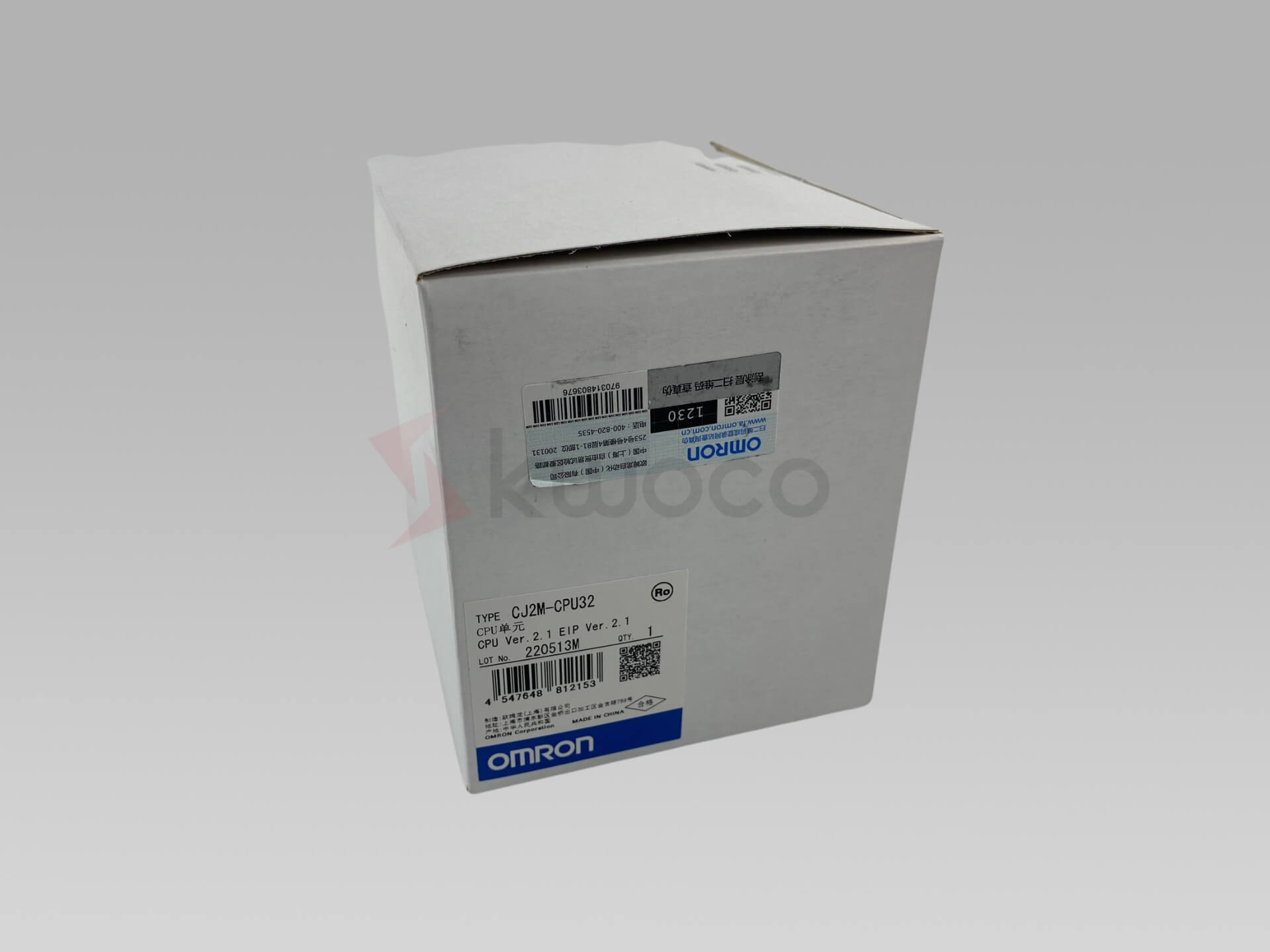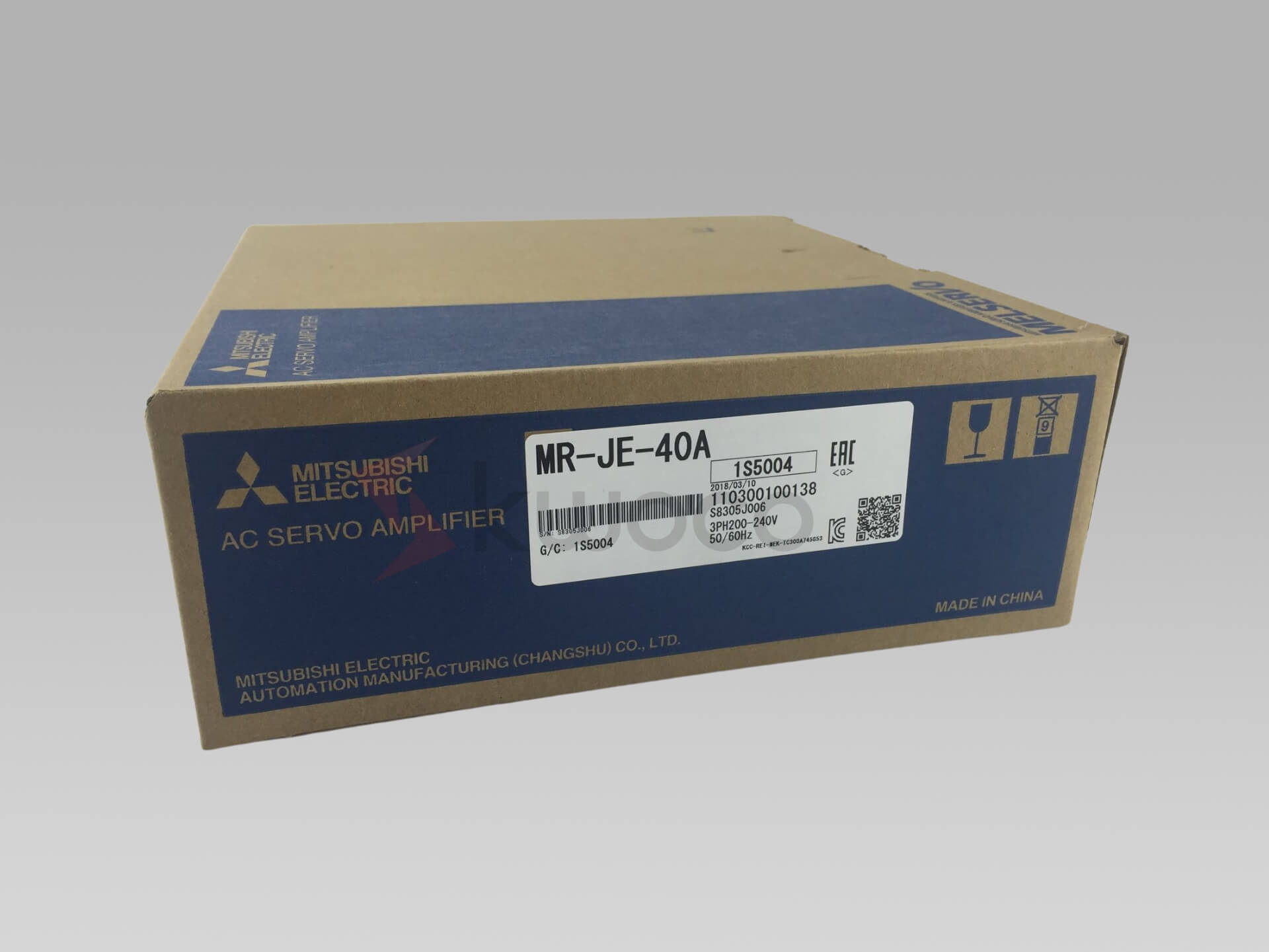5 Types of Servo Motors: The Ultimate Guide
Table of Contents
What Is a Servo Motor and How Does It Work?
A servo motor is a rotary or linear actuator that enables precise control of angular or linear position, velocity, and acceleration. It consists of a suitable motor coupled to a sensor for position feedback, typically in a closed-loop system. This means the servo motor can adjust its output based on feedback to achieve the desired performance.
However, unlike a car, every connection in a PLC panel matters. A single wiring mistake could bring the entire system to a halt. That’s why learning to read wiring diagrams is so crucial.
How Does a Servo Motor Work?
At its core, a servo motor operates by receiving a control signal that represents a desired output position. The servo motor’s internal circuitry compares this command signal with its current position and adjusts accordingly. This process involves:
- Motor: Usually a DC motor or AC motor that provides the necessary motion.
- Servo Controller: Interprets control signals and regulates the servo motor operation.
- Feedback Sensor: Monitors the position of the servo motor’s shaft.
- Drive Motor: The component that converts electrical energy into mechanical motion.
This closed-loop system ensures high accuracy and repeatability, making servo motors ideal for applications where precision is paramount.
Exploring the Different Types of Servo Motors
- DC Servo Motor
- AC Servo Motor
- Positional Rotation Servo Motor
- Continuous Rotation Servo Motor
- Linear Servo Motor
1.DC Servo Motor
A DC servo motor is powered by direct current and is known for its high efficiency and excellent control over speed and position. It consists of a DC motor, a gear system, a position-sensing device, and a control circuit.
Characteristics:
- High Responsiveness: Quick acceleration and deceleration.
- Precise Control: Excellent for applications requiring tight control over motion.
- Applications: Ideal for robotics, CNC machines, and automated manufacturing systems.
2. AC Servo Motor
An AC servo motor operates on alternating current and is typically used in high-speed applications. It offers better control at higher speeds compared to its DC counterpart.
Characteristics:
- High Torque: Maintains torque at high speeds.
- Durability: Generally has a longer lifespan due to less wear.
- Applications: Suitable for industrial machinery, conveyors, and high-precision equipment.
For advanced servo motor solutions, consider exploring Schneider Servo Drives for reliable performance.
3. Positional Rotation Servo Motor
The positional rotation servo motor is the most common standard servo motor. It allows the shaft to move in an arc, usually between 0 and 180 degrees.
Characteristics:
- Controlled Motion: Precise control over angular position within a range.
- Ease of Use: Simple to implement in various applications.
- Applications: Common in radio-controlled models, robotics, and pan-tilt mechanisms.
4. Continuous Rotation Servo Motor
A continuous rotation servo motor extends the functionality of the standard servo by allowing the shaft to rotate continuously in either direction.
Characteristics:
- Variable Speed Control: Speed and direction can be controlled.
- Versatility: Acts similarly to a regular DC motor but with added control features.
- Applications: Great for driving wheels or tracks in mobile robots.
5. Linear Servo Motor
A linear servo motor produces motion in a straight line rather than rotational motion. It converts electrical energy directly into linear motion without the need for mechanical linkages.
Characteristics:
- Direct Drive: Eliminates the need for belts or screws.
- High Precision: Ideal for applications requiring exact positioning.
- Applications: Used in precision machining, valve control, and medical equipment.
For projects requiring linear servo motors, Mitsubishi Servo offers innovative solutions.
Applications of Servo Motors in Various Industries
Understanding the applications of servo motors helps in appreciating their importance across different sectors.
Robotics and Automation
- Robotic Arms: Use servo motors for joint movement and positioning.
- Automated Guided Vehicles (AGVs): Rely on servo drive systems for navigation.
- Pick and Place Machines: Utilize servo motors for accurate positioning.
CNC Machinery
In CNC machinery, servo motors are essential for controlling movement along multiple axes.
- Precision Cutting: Servo motors allow for exact tool positioning.
- Variable Speed Control: Adjusts the speed of operations for different materials.
- Feedback Control: Ensures consistent results through continuous monitoring.
For integrating servo motors with CNC machinery, consider the robust options from Mitsubishi PLC.
Industrial Automation
Servo motors play a critical role in automating industrial processes.
- Packaging Equipment: For precise control over filling, sealing, and labeling.
- Conveyor Systems: Use servo motors for speed and position control.
- Textile Machinery: Manage tension and speed during fabric production.
Medical Equipment
- Diagnostic Machines: Control movement in MRI and CT scanners.
- Surgical Robots: Provide accurate positioning during procedures.
- Prosthetics: Aid in the development of advanced prosthetic limbs.
Servo Motor Construction and Operation
Delving into the servo motor construction provides insights into its capabilities.
Components of a Servo Motor
- Motor: The main drive motor, either DC or AC.
- Gearbox: Reduces speed and increases torque.
- Encoder or Potentiometer: Acts as a feedback sensor to monitor position.
- Control Circuit: Processes commands and adjusts the motor accordingly.
- Output Shaft: The part that delivers motion to the application.
Operation Principles
- Closed-Loop System: The servo motor operates by constantly adjusting based on feedback.
- Error Correction: Minimizes the difference between desired and actual positions.
- Speed Control: Adjusts motor speed to achieve precise movement.
Advantages of Servo Motors
There are several advantages of servo motors that make them preferable over other motor types.
Precision and Control
- High Accuracy: Capable of precise positioning and speed control.
- Responsive: Quickly adjusts to changes in command signals.
- Programmable: More programmable than other motors like stepper motors.
Efficiency and Performance
- Energy Efficient: Consumes power proportional to the load.
- High Torque: Delivers high torque even at low speeds.
- Quiet Operation: Runs smoothly with minimal noise.
Versatility
- Varieties of Servo Motors: Available in multiple forms to suit different needs.
- Compact Size: Offers a high power-to-size ratio.
- Easy Integration: Compatible with various control systems.
For efficient and versatile servo motor options, Delta Servo provides cutting-edge technology.
Frequently Asked Questions
DC servo motors are powered by direct current and are known for their quick response and control precision, making them suitable for applications requiring rapid changes. AC servo motors, powered by alternating current, offer higher efficiency and better performance at high speeds, ideal for industrial environments.
Standard positional rotation servos are designed for specific angle movements (usually up to 180 degrees). For continuous rotation, you should use a continuous rotation servo, which is modified or designed to rotate 360 degrees continuously.
- Movement Type: Do you need rotational or linear motion?
- Control Precision: What level of accuracy is required?
- Load Requirements: How much torque and speed are necessary?
- Application Environment: Industrial, commercial, or hobbyist use?
- Budget Constraints: Determine the cost-effectiveness.
A servo drive (also known as a servo amplifier) interprets command signals from a controller and adjusts the voltage and current supplied to the servo motor. This regulates the motor’s speed, torque, and position.
Servo motors offer closed-loop control, higher torque at high speeds, and greater efficiency, making them suitable for dynamic applications. Stepper motors are simpler, open-loop systems ideal for applications requiring precise movements at lower speeds without feedback.
Power your projects with brand-new, original Omron, Mitsubishi, Schneider Servo – in stock, ready now!
Conclusion
- Servo motors are essential for precise motion control in various applications.
- Five main types: DC servo motor, AC servo motor, positional rotation servo motor, continuous rotation servo motor, and linear servo motor.
- Applications span robotics, CNC machinery, industrial automation, and medical equipment.
- Advantages include high precision, efficiency, versatility, and programmability.
- Choosing the right servo motor depends on the application’s specific requirements.
By understanding the different types of servo motors and their applications, you can make informed decisions for your projects. Whether you’re integrating robotics, automating machinery, or developing precision equipment, the right servo motor enhances performance and efficiency.
For comprehensive solutions and high-quality products, explore our range of Servo Motors. If you’re looking into integrating servo motors with other systems, consider the offerings from Omron PLC and Schneider PLC.
Contact Us
Just fill out your name, email address, and a brief description of your inquiry in this form. We will contact you within 24 hours.
You May Also Find These Topics Interesting

Complete Guide to Photoelectric Sensor Wiring and Troubleshooting
Are you struggling with photoelectric sensor installation and configuration? This comprehensive guide will walk you through everything you need to know about wiring, setting up, and troubleshooting photoelectric sensors in industrial automation applications.

What is a Servo and How Does It Work?
One question I often get from clients is: “What exactly is a servo, and how does it work?” Let me break it down for you.
Servos are essential components in modern automation. They provide precise control over motion, which is crucial in many industrial applications.

Demystifying the Air Circuit Breaker: Your Comprehensive Guide
This article delves into the fascinating world of air circuit breakers (ACBs), explaining their function, types, working principles, and applications. Whether you’re a seasoned professional in the industrial automation sector or simply curious about the technology that powers our modern world, this comprehensive guide will provide you with all the essential knowledge you need about ACBs, making it a worthwhile read for anyone interested in understanding these critical components of electrical systems.







